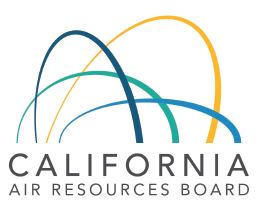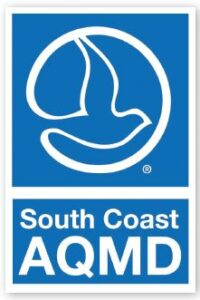Written on: April 1, 2022 by Doug Raymond
CARB SIP
At the Feb. 24 California Air Resources Board (CARB) Executive Board meeting, staff presented an informational update on the State Implementation Plan (SIP). The SIP is the plan that directs CARB staff on future activities, such as rulemakings and, even more importantly, emission reductions. 
This is probably the most important document that affects the future of Consumer Products. Therefore, we need to understand the SIP and closely review and monitor its development. There is very little time for change as it is due to the U.S. Environmental Protection Agency (EPA) in August 2022.
For California to come into compliance with Air Quality Standards, several agencies have to act; CARB, Air Districts and Federal all need to have measures to reduce emissions in California, especially in the South Coast Air Quality Management District (SCAQMD) (Los Angeles) and San Joaquin Valley.
For now, we will need to monitor CARB’s actions. The districts should not impose rules on Consumer Products and we need to consistently monitor them to ensure nothing does happen. Dual regulations (CARB & Districts) would be a nightmare in California. The SIP draft was released Jan. 31, 2022. Most of the SIP strategies focus on vehicles, such as on-road and off-road emissions. Out of 15 measures, 13 concern Automotive and one concerns Consumer Products. However, do not be fooled by this. Upon review of the SIP draft document, one can see there are large emission reductions planned for Consumer Products. Review of pages 81–85 of the draft shows that CARB staff may be required to achieve a 20 tons per day (tpd) reduction Statewide and an 8-tpd reduction in the SCAQMD by 2037. This sounds like a long time out, but the draft requires regulations in place to achieve these reductions by 2025–2028. That means in three years we may have to have regulations that are close to 2½ times the amount of reduction that we just finished with last year. During our last rulemaking, we achieved 8-tpd statewide reductions; now CARB wants 20-tpd. This will be an enormous task.

Everyone needs to focus on how to achieve more reductions and, to do this, we will likely have to revisit categories that have already been regulated. Implementation dates are set for 2028–2037, so in five years we may need more emission reductions.
The final SIP will be released this Summer and CARB will adopt SIP 2022 this Summer, as well. The majority of the presentation can be found HERE
EPA AIM Act
EPA’s Office of Atmospheric Programs hosted two meetings on the American Innovation & Manufacturing (AIM) Act.
The first stakeholder meeting took place on March 24 and dealt with the 10 petitions the EPA granted under the AIM act on Oct. 7, 2021. EPA shared information on an upcoming rulemaking for what it calls “Technology Transitions.” In addition, stakeholders had an opportunity to share perspectives and ask questions.
The second stakeholder meeting was held March 30 and dealt with the additional rulemaking that is needed to establish the allowance allocation methodology for 2024 and later years. Remember, allowances for 2022 and 2023 are already established. There will be more on these two meetings in my next column. SPRAY